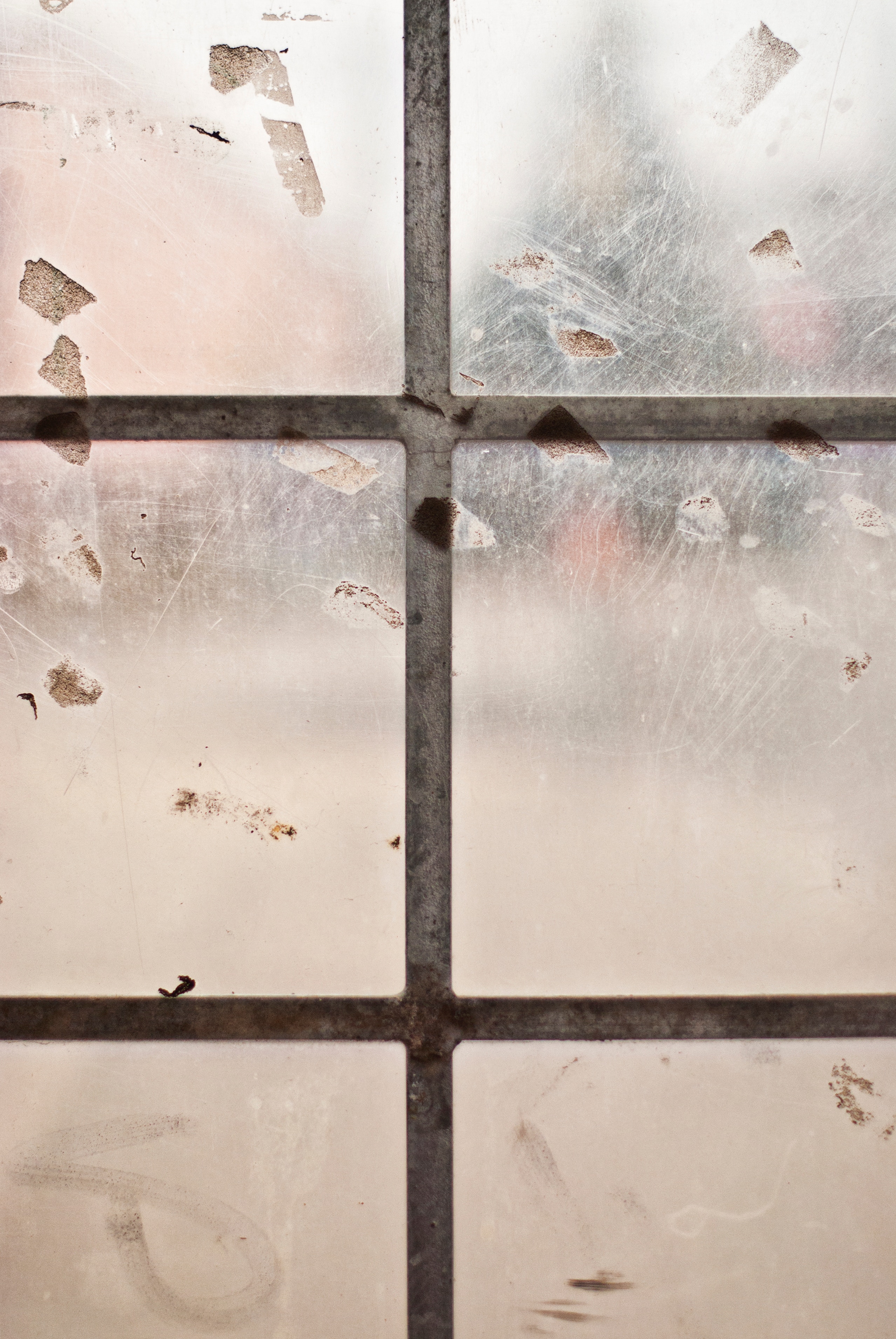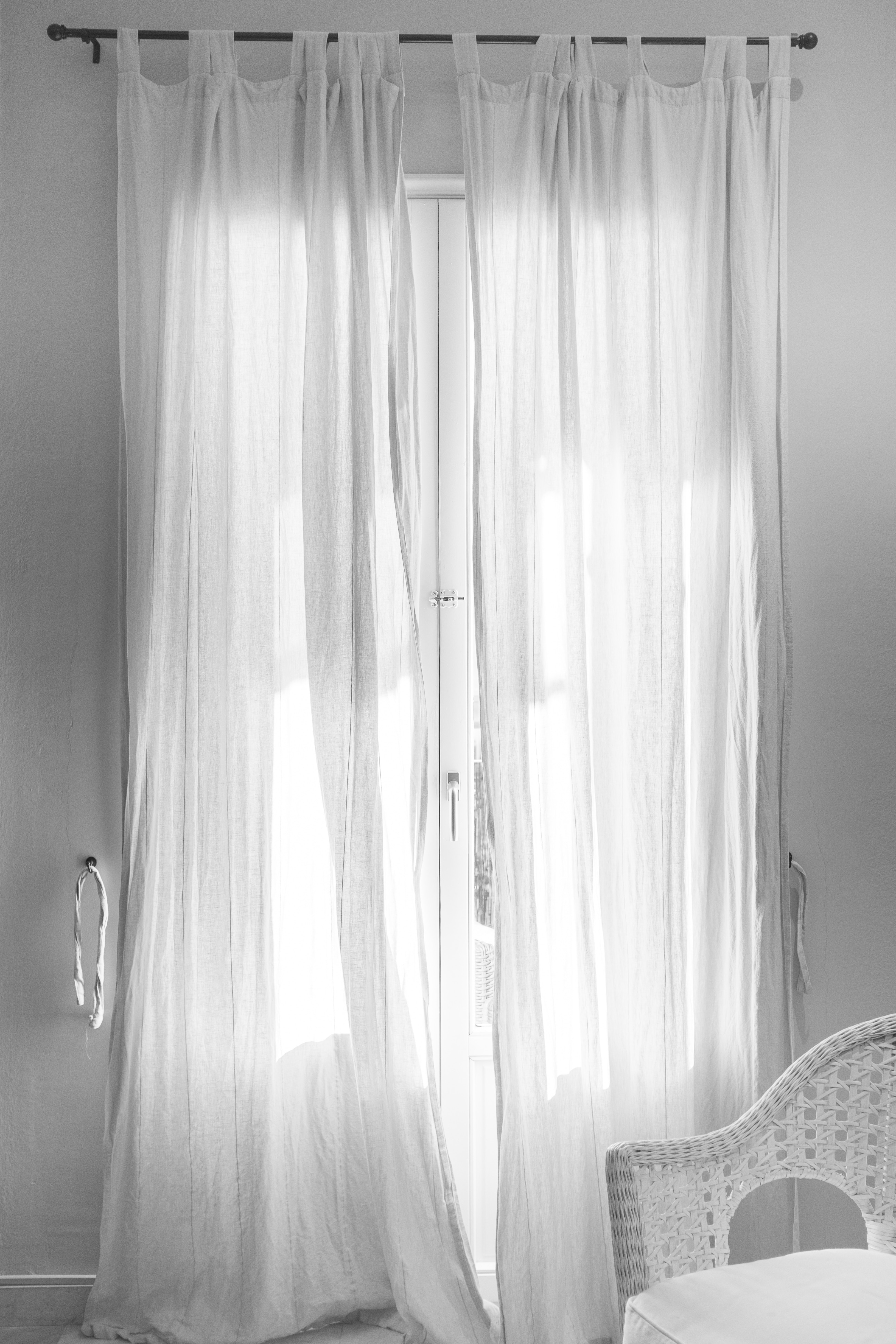
French Doors are a great way to bridge your interior and the world outside. Whether they’re placed on the edge of a patio or on a balcony, a set will provide your home with a little bit of extra light, as well as boosting the impression of space. What’s more, they’ll afford you a view of the outside world – combining the function of a door and a window.
But like any other sort of door, a set of French doors requires regular maintenance if they’re to look their best and last the distance. But French doors come in a variety of different types, and each of them requires a slightly different approach where cleaning is concerned. Before addressing these different approaches, let’s take a look at the one feature which all French doors have in common: glass.

Photo by Gabriele Diwald on Unsplash
One of the crowning virtues of a French door is that it allows us to see the world outside. But this function becomes considerably undermined when the glass becomes dirty. For this reason, it’s wise to give the glass a regular clean – particularly during winter and autumn, where dirt will accumulate more quickly.
Doors with large glass panels are easier to clean than those with smaller ones, as you’ll be able to swipe across a larger surface without encountering crossbeams. Commercial sprays not specifically designed to treat windows can leave unsightly streak-marks across the glass. Clearly, this is something we should look to avoid, so opt instead for a specially-formulated glass cleaner. You might consider investing in a squeegee, which will allow you to wipe the excess water from your window in a single sweep, thus eliminating the streaks that come about from water drying on the glass. If possible, you might want to cut your squeegee to size using a hacksaw – that way you’ll be able to pull the blade straight down across the glass in one fell swoop!
Professional window cleaners put a lot of practice into being able to wipe suds off a sheet of glass in a single, snaking motion. This technique helps to avoid streak marks – but it requires a little practice in order to do properly. If there are a lot of large windows in your property that require cleaning, then you might wish to spend a few hours getting the technique refined – when you’re done, you might be able to save yourself a great deal of money and time.
Of course, we can always resort to that old, reliable favourite for cleaning glass: a dose of vinegar and a pile of scrunched-up newspaper. Just be sure that the newspaper you’re using is a dry and clean one. This will naturally produce a smell of vinegar, which many may find unpleasant – but this will quickly dissipate, particularly on exterior doors. The natural abrasive effect of the acidic vinegar and the newspaper will produce a surface that’s as smooth as can be.
When you’re washing your windows, be sure to allow them to thoroughly dry, and to ensure that you haven’t heaped an excessive amount of water onto the surrounding frame – particularly if the said frame is built from a permeable material, like wood.
Next, we come to the task of cleaning the actual door itself. This task will depend on the material the door is built from. Let’s examine three of the most common materials, and how we might go about cleaning them.
Metal doors, once they’ve been given a powder-coating, tend to be a great deal more rugged than their wooden and uPVC counterparts. That said, they’re still prone to collecting airborne grime and dust, and they aren’t immune to spillages. Give the frame some attention whenever you clean the glass. Popular home formulas are toothpaste, baking soda, ketchup, and white vinegar – the latter of which will chew through almost any stain that might conceivably be inflicted on your door. The chemicals found in these products, which lend them their stain-battling properties, can also be found in various specialist cleaning formulas, which can be obtained inexpensively from your local supermarket. While it’s difficult to damage an aluminium door, it’s not impossible. Reversing such damage, moreover, can often prove difficult – so be sure to select a cleaning formula that’s appropriate.
When cleaning your wood patio doors, you’ll need to be careful that you don’t allow an excessive amount of moisture to soak in – as, if it’s not allowed to thoroughly dry, this can contribute to rot and shorten the door’s lifespan. You’ll also want to avoid using caustic detergents, which will damage the wood and remove its natural colour.
The best way forward is to use warm, soapy water. Run a damp sponge over the frame, being sure to wipe away any excess moisture. If any stubborn stains remain, address them with a soft brush. Adding a layer of finish to the wood can enhance its look and extend its lifespan considerably, and it’s essential that you clean the wood before doing so. That said, you’ll want to allow the wood to thoroughly dry before applying it – this will help to ensure moisture isn’t trapped underneath the paint, wax or oil with no-where to go.
One of the key virtues of uPVC is that it can handle all sorts of adverse weather conditions before failing – and that it’s extremely easy to clean, provided that you use the right techniques and cleaning products. You’ll want to use a soft sponge and soapy water. Avoid scouring pads and caustic cleaners, like bleach and methylated spirit, as these will remove the glossy finish on the surface of the plastic. Without this topmost layer, your door will look dull and dreadful – so just stick to more ordinary products.

Photo by Christopher Martyn on Unsplash
When your French doors are closed, they’re effectively like any other window in your home. As such, you’ll need a suitable set of curtains of blinds to go with them. There are a number of different options available, here.
If you’re concerned about your property losing heat, particularly at night time, then you might pair your French doors with a set of heavy curtains. These will act as an extra insulating layer for your French doors, preventing heat from escaping at the same rate. They can be pulled back every morning, allowing the sunlight to heat your home again during the daytime. Heavy curtains will also help to reduce the amount of light in the room, so that you’ll be able to watch television or play games without worrying about glare.
Another key function of a set of curtains is that it allows you privacy. But we needn’t compromise on light in order to achieve this – a set of transparent drapes or blinds will be able to prevent those outside from seeing inside while still allowing light through.
Another means of allowing light to permeate through your French Doors while preserving your privacy is through the use of frosted glass. Frosted glass is glass whose surface is uneven, causing light rays to diffuse as they pass through, thereby making it impossible to see any detail of what’s on the other side. In order to achieve this effect, glass is often dipped in acid or sandblasted before it’s installed. If you’ve already got a French door in place that you’d like frosted, you might hesitate before pursuing this option.
Fortunately, there are other means of achieving a similar effect – and the most popular of these is to apply a coat of spray-on frosting to a door once it’s been installed. In order to do this, it’s important to protect the surrounding structure of the door. Do this by removing the door from its hinges and covering the areas of wood, metal, or plastic with masking tape. Removing the door and laying it flat is worthwhile, as it’ll prevent the frosting from running down and creating an unsightly effect, but it’s not mandatory. If you’re going to do it, then you’ll want to remove the hardware first, so that your door can lie properly flat.
In order to achieve a clean, consistent finish, you’ll want to apply several different layers of frosting spray, before covering it with a coating of finish. Each application should take around ten minutes to dry, depending on the variety of spray being used, so that you’ll be able to see the frosting effect build up over time. When you’re done, a final layer of sealing spray will help to guard the effect against the weather.
Conclusion
French doors can help to transform any home – on both the inside and outside. But in order to get the best from them, a little maintenance work is required. By taking the steps we’ve touched upon here, you’ll be able to ensure you French doors look as good and function as well as possible, long into the future.
Proud stockists of....
